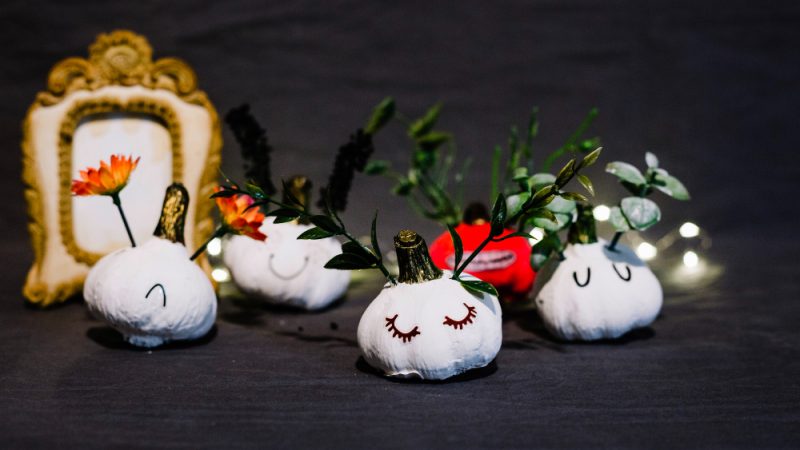The tale of Snow White is one of the most beloved fairy tales in the world, made famous by the Brothers Grimm and later immortalized by Disney’s 1937 animated film. Among the many iconic images from the story—the poisoned apple, the evil queen, and the seven dwarfs—the glass coffin remains one of the most striking. It is a symbol of beauty, purity, and the thin boundary between life and death.
This guide explores the origins, symbolism, and interpretations of Snow White’s coffin, tracing its history from early folklore to modern adaptations.
The Origins of the Snow White Tale
The story of Snow White first appeared in print in the Brothers Grimm’s collection (1812). In their version, the coffin plays a critical role in the narrative, housing the lifeless Snow White after she is poisoned by the evil queen. The Grimm version emphasizes themes of innocence, envy, and rebirth—elements that are deeply tied to the coffin scene.
The Coffin in the Grimm Brothers’ Version
In the Grimm text, the dwarfs create a glass coffin trimmed with gold to preserve Snow White’s body after they find her “lifeless, yet still beautiful.” Unlike typical burials, her body is left visible, untouched by decay. This choice elevates her from mortal to almost saint-like, reinforcing her role as a symbol of purity and eternal beauty.
Disney’s Glass Coffin Adaptation
When Walt Disney adapted Snow White and the Seven Dwarfs (1937), the coffin became one of the film’s most hauntingly beautiful images. The animators portrayed it as a glowing glass casket set in the forest, surrounded by mourning dwarfs and animals. Disney’s version cemented the coffin as a cultural icon, inspiring generations of retellings and artistic interpretations.
Symbolism of Transparency and Purity
The glass coffin symbolizes:
- Purity: Snow White’s body remains uncorrupted, suggesting moral and spiritual purity.
- Transparency: Glass allows everyone to see her, highlighting the themes of innocence and vulnerability.
- Preservation: Unlike a wooden coffin, the glass case keeps her beauty timeless, suspending her between life and death.
This imagery resonates with religious iconography, where saints and holy figures are often displayed in glass reliquaries.
Themes of Death and Resurrection
The coffin bridges the liminal space between death and life. Snow White is not buried underground but displayed, awaiting rebirth. Her awakening when the poisoned apple dislodges represents resurrection—a symbolic death followed by renewal. This echoes broader mythological patterns, including stories of Persephone, Sleeping Beauty, and even Christ-like resurrection narratives.
Feminine Beauty and Eternal Youth
The glass coffin also carries a darker interpretation: the cultural obsession with youth, beauty, and perfection. Snow White’s preserved body reflects the idea of a woman valued for appearance rather than vitality or action. Critics argue that this mirrors societal tendencies to idolize women’s beauty even in death, raising questions about objectification and idealization.
The Coffin in Global Variants of the Tale
Different cultures retold versions of the Snow White story before and after the Grimm brothers:
- Italian Folklore: Features a poisoned ring rather than an apple, but the heroine is still preserved after her apparent death.
- Norse Mythology: Parallels can be seen in tales where maidens lie in enchanted sleep until revived.
- Eastern European Variants: Replace the glass coffin with crystal or ice, emphasizing the theme of preservation.
The coffin motif may have roots in ancient burial practices where transparent or decorated cases highlighted the sanctity of the deceased.
Psychological Interpretations
From a psychological perspective, the coffin scene represents suspended adolescence. Snow White is kept in stasis, a childlike figure on the brink of womanhood, preserved until a prince “awakens” her. Some Jungian analysts interpret the coffin as a metaphor for psychological transformation, where death represents the old self and resurrection represents maturity or rebirth into a new identity.
Modern Adaptations and Reimaginings
Modern storytellers have reinterpreted the coffin in various ways:
- Fantasy Films & TV: Shows like Once Upon a Time retell the coffin scene with darker undertones.
- Art & Literature: The image of a woman in a glass coffin has been used to critique beauty standards and gender roles.
- Stage Productions: Ballet and opera adaptations highlight the coffin as a dramatic centerpiece.
In some versions, the coffin is even omitted, symbolizing a shift toward narratives that empower Snow White rather than keep her in passive preservation.
Symbolism in Today’s Culture
Today, the Snow White coffin continues to be a cultural symbol:
- In Fashion: Designers have drawn inspiration from the imagery of crystal cases and suspended beauty.
- In Pop Culture: The coffin appears in parodies, artworks, and Halloween props.
- In Academia: Scholars use it as a lens to explore themes of femininity, death, and cultural ideals.
Its enduring power lies in its duality—both beautiful and unsettling, innocent and haunting.
Conclusion
The Snow White coffin is more than just a narrative device—it is a powerful symbol layered with meaning. From the Brothers Grimm to Disney and beyond, it has represented purity, preservation, death, resurrection, and the cultural fixation on beauty. Its transparent form invites us not only to mourn Snow White but also to reflect on deeper themes of transformation, femininity, and the thin veil between life and death.
The coffin remains a timeless image, ensuring that the story of Snow White continues to resonate across generations and cultures.
FAQs
1. Why is Snow White’s coffin made of glass?
The glass coffin symbolizes purity, transparency, and the preservation of beauty. It also allows her to remain visible, emphasizing her innocence.
2. Did the Brothers Grimm invent the glass coffin?
Yes, the Grimm version is the first major recorded tale featuring a glass coffin, though it may have roots in older folklore and burial customs.
3. What does the coffin symbolize in Snow White?
It represents death, purity, suspended time, and eventual rebirth. Some interpretations also see it as a critique of society’s fixation on beauty.
4. Why doesn’t Snow White decay in the coffin?
In the fairy tale logic, her body is preserved by purity and magic. This emphasizes her saint-like qualities.
5. How has the coffin been reimagined in modern stories?
Contemporary adaptations use it as a metaphor for beauty standards, passive femininity, or transformation, sometimes omitting it to empower Snow White differently.
Also read: Destiny 2 Map Guide: All Locations, Regions & Fast Travel Points









